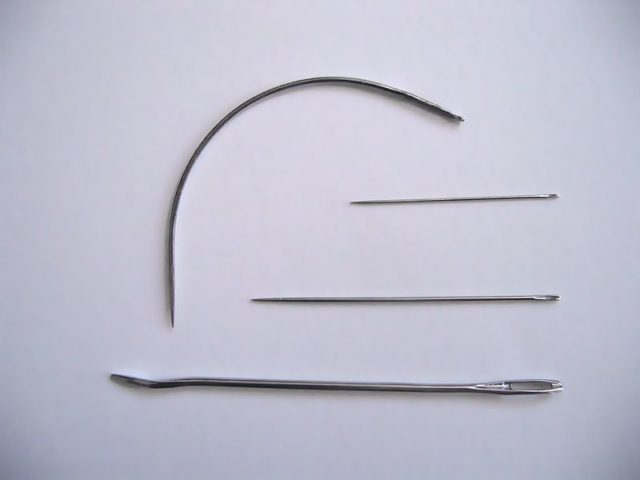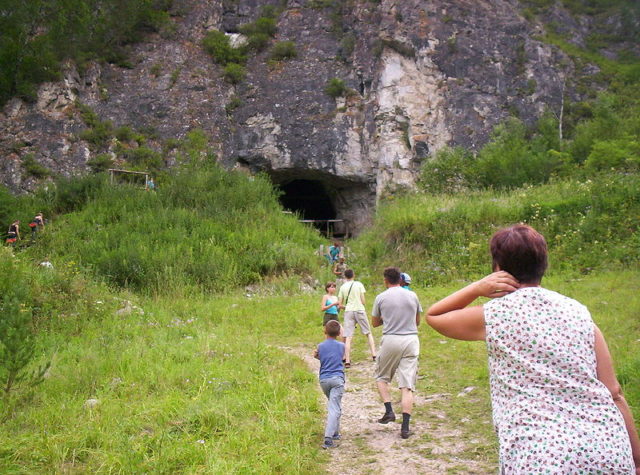A shocking archaeological find within Denisova Cave is at least 50,000 years old, yet it was not created by Homo sapiens. The seven-centimeter needles were created and used by our extinct Denisovan ancestors, a newly discovered hominid species. Scientists uncovered the sewing instrument, complete with a hole for the thread, during the annual summer archaeological dig. The cave, in Russia’s Altai Mountains, was thought to hold the secrets of man’s origins. The artifact seems to still be usable even after 50,000 years. The needle was crafted from bone. Currently, it is the oldest known needle in the world.

The needle is seen as supplying proof that the extinct Denisovans were more intelligent than previously thought. It predates by some 10,000 years intricate modern-looking pieces of polished jewelry crafted from chlorite by the Denisovans. This came from the bone of a bird that has not yet been identified.
According to Russian scientists, this needle rewrites history since the previous oldest known object dates to around 40,000 years ago. The cave has supplied a series of revelations about this ancient human ancestor. In 2008 Siberian scientists found a finger bone of an adolescent female thought to have existed about 41,000 years ago.
Examination displayed she was genetically separate from the Neanderthals as well as from modern humans. In 2010, an analysis of an upper molar from a teen adult, discovered within the cave ten years before, displayed the tooth was from a Denisovan human. Layers of the cave’s floor show that it has been inhabited by humans for 282,000 years. Scientists thought that the Denisovan remnants date back 170,000 years.

The bracelet was found in 2008, and scientists since then proposed it proved the Denisovans were actually more technologically advanced than the Neanderthals and Homo sapiens of the time. Researchers discovered that a hole had been drilled within a part of the bracelet with such exactness that it could have only been done with a high-rotating drill similar to those we use today.
It was also carefully ground and polished, with a dense pendant added within the center, possibly hanging from a little leather strap. The cave has as well provided proof of cross-breeding between modern Homo sapiens with both Denisovans and Neanderthals. In addition, it has offered proof that early man migrated out of Africa about 35,000 years earlier than was assumed by experts.
